Honey is a single-ingredient food, according to the US Food and Drug Administration, which defines honey as “a thick, sweet, syrupy substance that bees make as food from the nectar of flowers and store in honeycombs.” Chances are your supermarket honey may not actually be honey especially if it contains anything other than honey made from the nectar of flowers—and trace amounts of beeswax, pollen, and propolis which can be present in honey in minuscule amounts, according to the National Honey Board.
What is fake honey?
Fake honey is the term used for honey-like products that contain non-bee based products, such as glucose syrups, inverted sugar solutions (from refined sugar) or worse corn, cane or beet syrup. While fake honey may look like raw honey, the key difference is that it is made in a factory, rather than by nature. Fake honey also:
- Contains a mix of bee honey and cheaper cane or other syrups, added to increase the volume of the honey, reducing the production cost and price.
- Often has a high composition of water diluting the honey, again used to increase the volume of the product and hence profits.
- Has added artificial or synthetic ingredients such as dyes and flavor enhancers.
- Has employed non-ethical honey extraction methods that harm bees.
- Doesn't expose bees to a diverse diet that enriches the honey with phytonutrients.
- Will not have the natural flavor, texture and aroma of real honey but can have a sour odor or no smell at all, and usually contains refined sugars.

The Facts About Commercial Honey
The key difference between most of the commercially produced honey sold in the supermarkets and unprocessed raw honey is that commercially produced honey has been heated to very high temperatures and filtered to a very low micron level. This is done to slow or stop the crystallization process and to remove any “specks” from the honey – essentially to increase its shelf life and aesthetics. Unfortunately, these treatments also have a negative impact on the honey.
The Honey Filtration Process
Filtered honey is honey that has had a process of fine filtration to remove all the particles that are found suspended in raw honey. These include pollen grains, wax and propolis. More often than not, heat is also used in the process of filtration to make the honey more liquid and speed up the process.
The Honey Pasteurization Process
Pasteurizing is the heating of honey to a high temperature. This process destroys the natural properties of the honey and eliminates many of the phytonutrients of raw honey. Heating honey in this manner not only kills rich nutrients in the raw honey, but pasteurization also reduces the flavor and original heavenly scent of genuine honey.
Pasteurization and filtration are used to make the honey look cleaner and more attractive on the shelf. This process also reduces the honey viscosity due to the honey being warmer, making it easier to handle and package. In many ways, pasteurized honey no longer has the elements that make it raw honey, making commercially produced honey a refined facsimile of real honey.
Real Honey from Sustainable Beekeepers
Raw honey is produced by small beekeepers that use sustainable beekeeping practices. When you buy honey from Honeyopathy and other local sustainable beekeepers, you can be sure the honey has been extracted from local hives and minimally processed. Raw or real honey retains the natural ingredients of honey (pollen, wax, propolis and royal jelly) and thus provides nature’s true benefits of 100% real nutritious honey.
What is minimal processing of raw honey?
Minimal processing is the gentle low-temperature warming of the honey – just enough to flow sufficiently enough for bottling without removing any of its goodness. In this process, a light straining may also be used to remove larger particles that may have been collected at the time of extracting the honey. Particles include leaves, bits of wax, and other non-honey debris.
Minimal processing does not change the natural composition of the honey. It maintains all the natural health benefits and nutritional value. It also maintains the delicious taste, and the wonderful aroma and texture that only comes with 100% natural, pure raw honey.
How to Recognize Raw Honey
Compared to commercially produced honey, pure, unfiltered, raw honey may have a slightly cloudy appearance due to the fine textured crystals, particles of honeycomb and flecks of pollen. Depending on the variety of honey (the species of tree or flower the nectar was predominantly sourced from), raw honey may begin to crystallize during storage in the pantry. Some will begin to crystallize within weeks, and others may take months, whilst others will take years.
The raw honey may start to cloud and crystallize, gaining a more granular texture which many people prefer, but that won’t change the flavor or nutritional value.
When Fake Honey is Labeled as Honey
Some honey bottlers have been watering down their honey and adding sweeteners (such as corn or rice syrup, malt sweeteners and unrefined sugar) in order to increase production, reports LiveScience. Even worse, some so-called honey has been found to contain heavy metals and antibiotics, according to the US Department of Justice (this was found mostly in products imported from Asia). The addition of anything to honey without labeling it properly is known as “honey laundering.” Honey laundering is a federal crime and subject to FDA enforcement action.
What’s Being Done About It
The U.S. established high import tariffs on “honey” from China as a result of the imports being sold in the U.S. at artificially low prices and undercutting U.S. markets. To avoid these tariffs, some Chinese packers resorted to sending their not-honey to the U.S. through other nations who would cover up the product’s true origins. And even one of the largest honey packers in the U.S., Michigan-based Groeb Farms, confessed to purchasing millions of dollars of this “laundered” honey in 2013. They were sentenced to pay millions of dollars in fines. And please note: Honey isn’t the only food product subject to impurities and mislabeling, according to Live Science, which notes that “olive oil is often cut with cheaper oils and sold at premium prices, a practice that’s expected to expand as a shortage of the oil (caused by a 2012 drought in southern Europe) hits global markets.”
What You Can Do
To ensure the honey you’re bringing into your home is the real deal: Avoid any honey labeled as “ultrafiltrated.” Don’t be fooled by honey labeled as “pure.” This has no legal significance and doesn’t actually guarantee purity. Look for the label “True Source Certified” instead. True Source Honey independently verifies the ethical origins of honey. You can’t get much more legit than buying honey straight from the farmer or beekeeper. A true honey harvester will know exactly what flowers the honey is derived from. You may pay a few more bucks than you would at the supermarket, but you’ll know what you’re getting, and help support local businesses (and bees!) in the meantime.
How to Test if Your Honey is Fake or Raw
Here are four simple ways to test if your honey is fake honey or raw honey.
- Drop a teaspoon of honey into a glass of water. Fake honey will immediately start to dissolve, whilst raw honey will drop to the bottom of the glass intact.
- Place a drop of room temperature or cooler honey on your finger. If the ‘honey’ spreads then it is fake honey. If it holds its composition and remains a drop, then it is raw true honey. I
- f you have had your honey for some time and it remains a syrup then it may be fake honey. Most real honey crystallizes over time.
- Dip an unlit matchstick into your honey. Remove it and strike it to see if it will light. A matchstick dipped in raw honey will light with the flame burning off the honey. A matchstick dipped in fake honey will not successfully strike. This is because there is too much moisture in the ‘honey’.

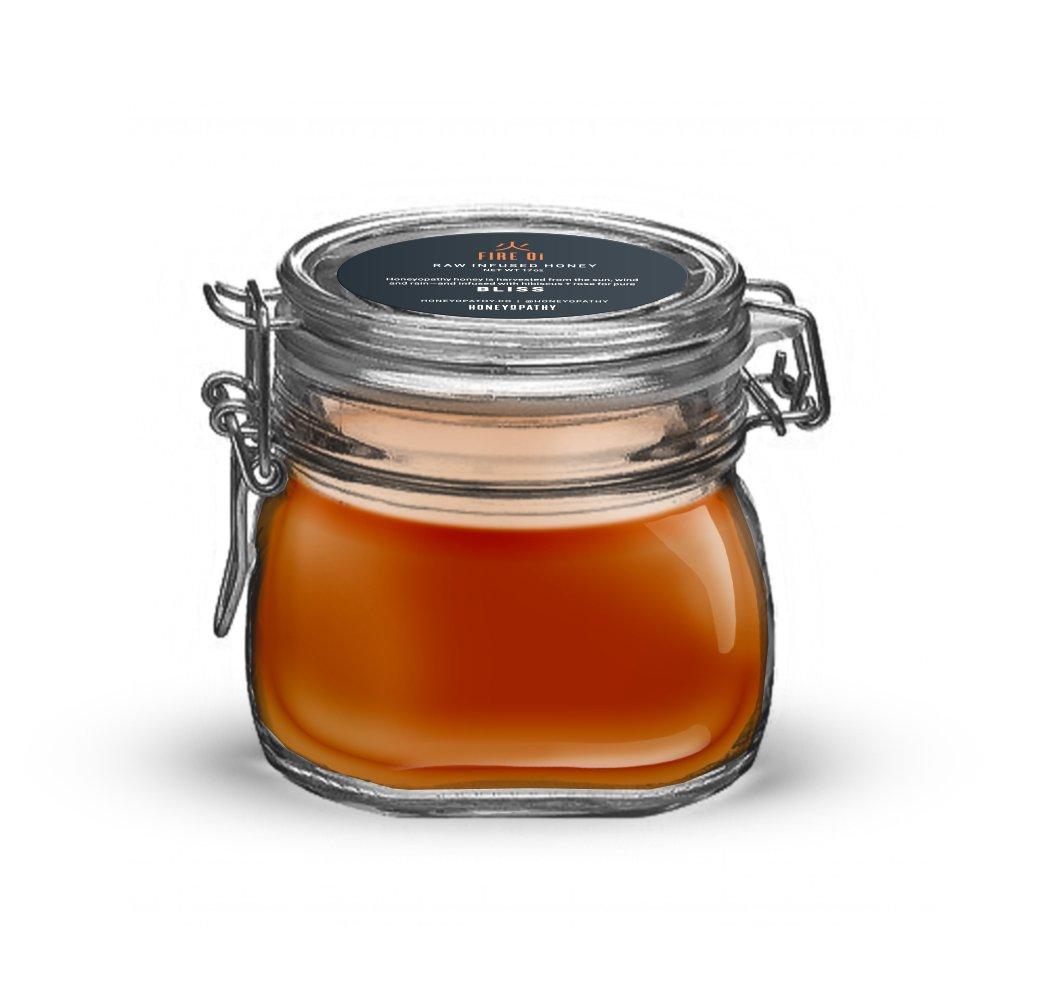


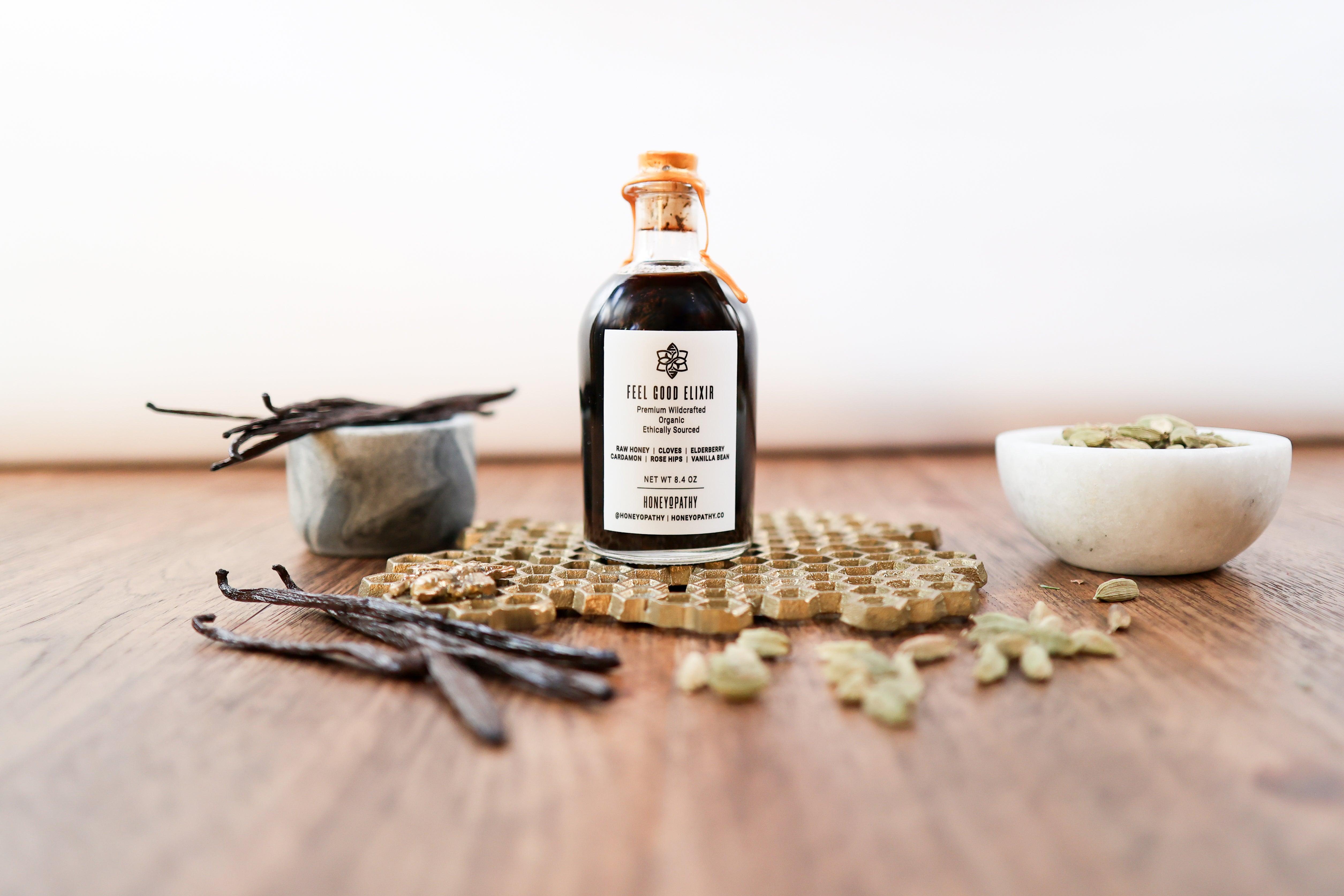
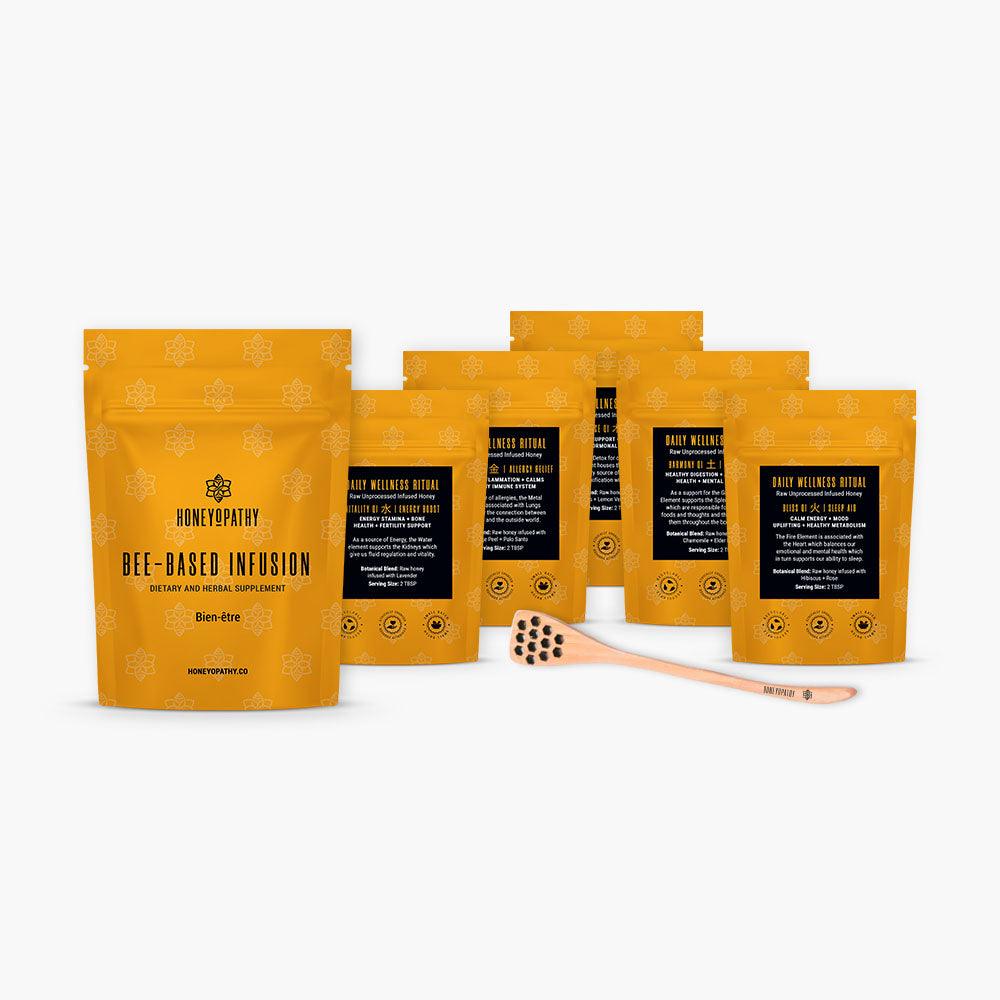
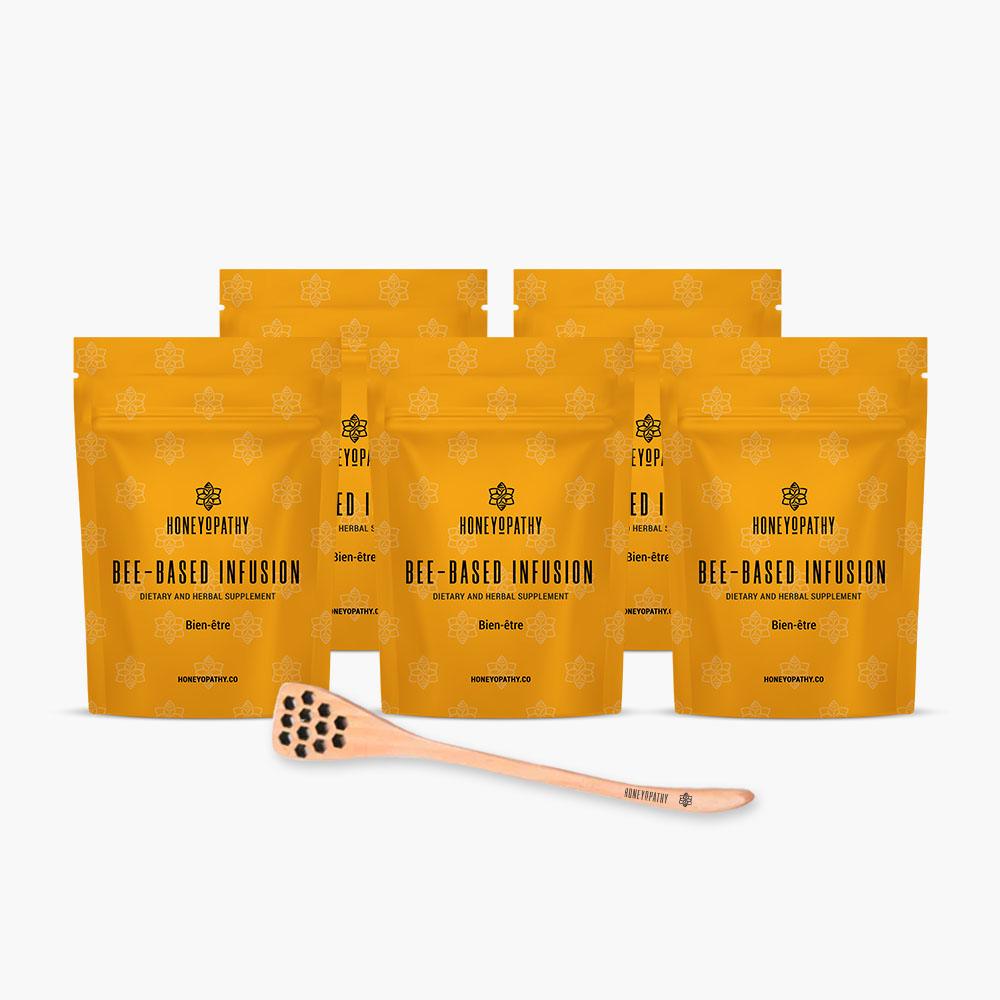

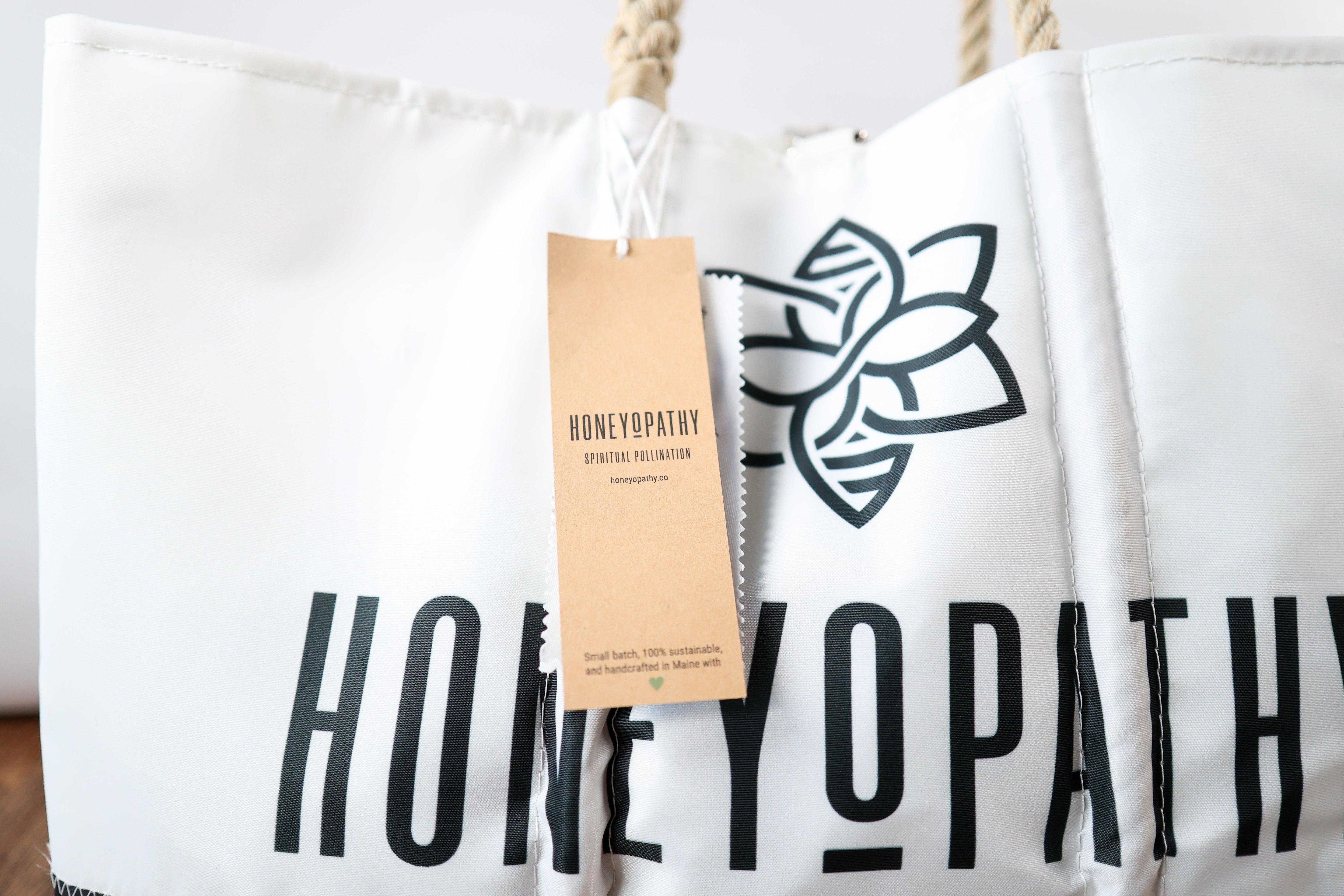


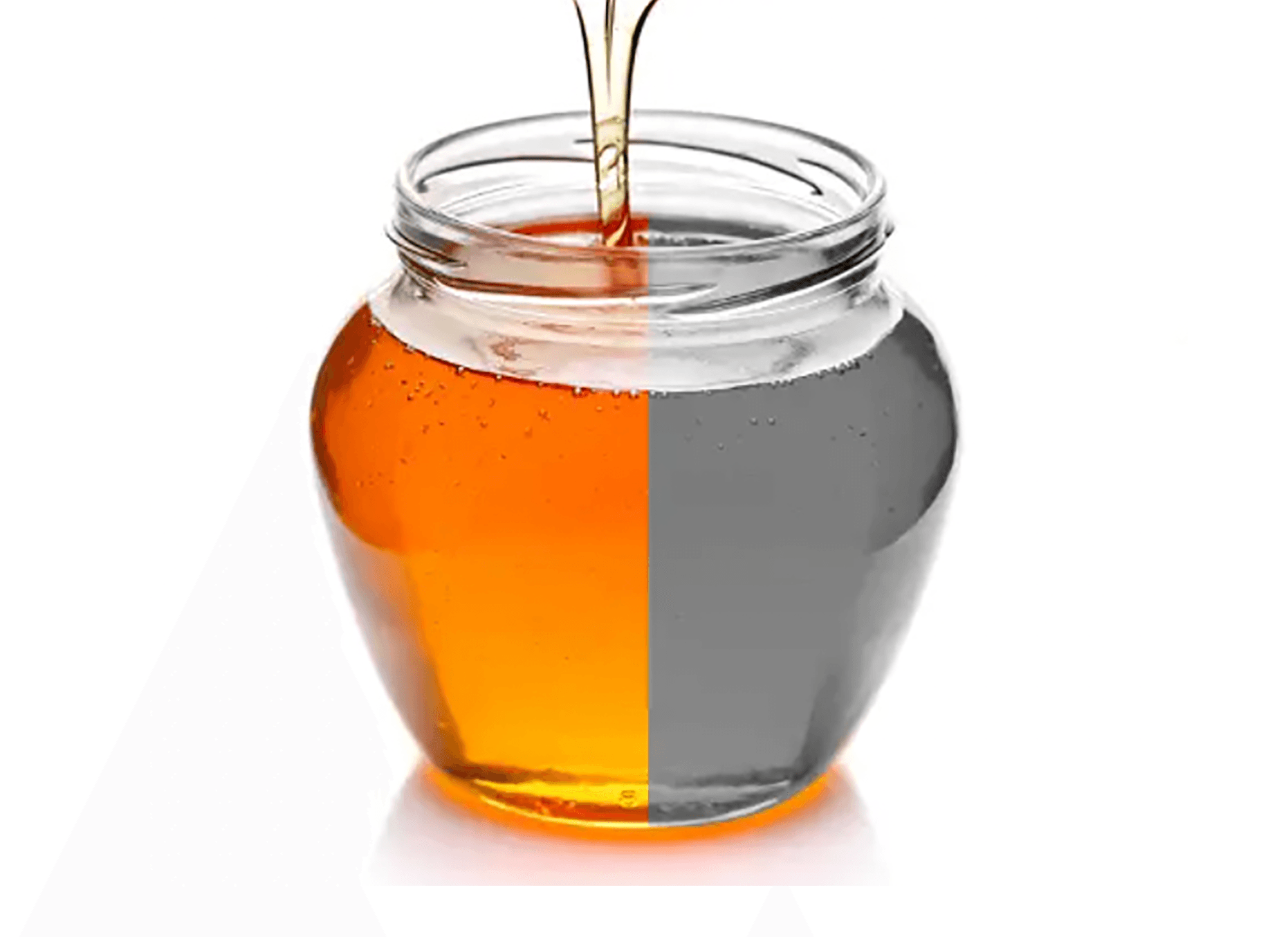







Leave a comment